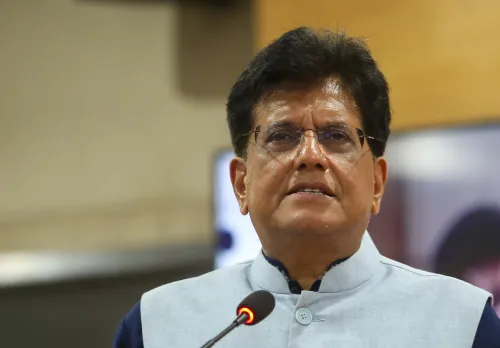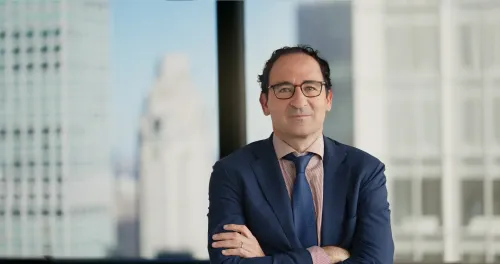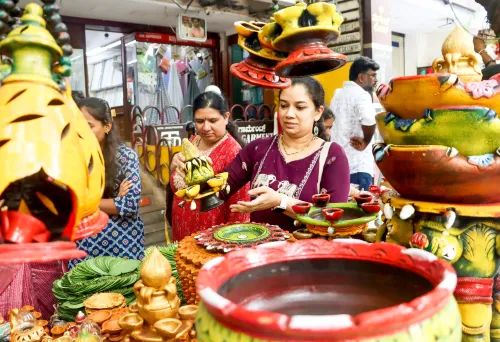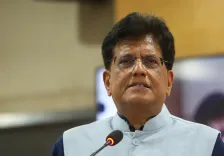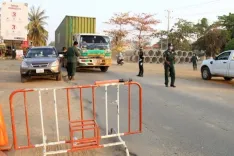What Steps Does Amitabh Kant Propose to Combat Air Pollution in Delhi?
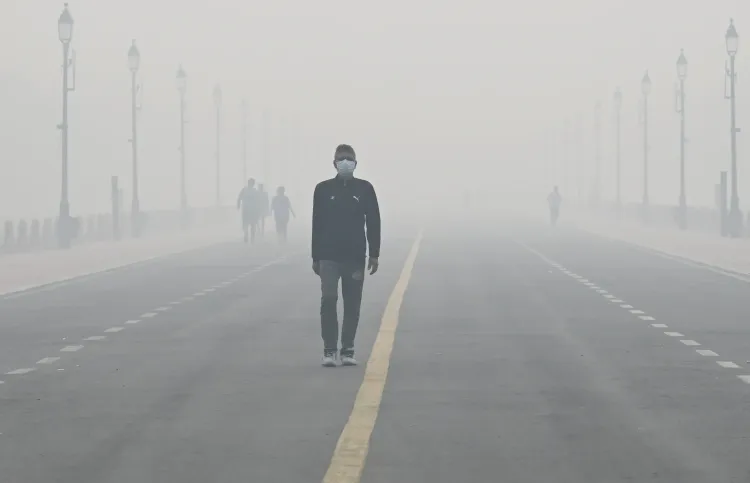
Synopsis
Key Takeaways
- Delhi's air quality is critically low, with AQI levels soaring above 400.
- Amitabh Kant emphasizes the need for unified action to combat pollution.
- Key measures include transitioning to electric transport and controlling construction dust.
- Individuals with lung issues are most vulnerable to the health impacts of pollution.
- Despite regulations, firecracker usage continues to exacerbate air quality problems.
New Delhi, Oct 21 (NationPress) In the wake of 'very poor' air quality levels following Diwali celebrations, former G20 Sherpa Amitabh Kant stressed the urgent need for rigorous and continuous action to address a situation that has escalated into a significant health risk.
Data from the Central Pollution Control Board (CPCB) indicates that the overall Air Quality Index (AQI) in the Delhi-NCR region remained in the 'very poor' category, soaring to 400 just a day after the Diwali festivities.
While the overall AQI was reported at 347, numerous areas experienced readings in the 'severe' category.
“The air quality in Delhi is in a disastrous state: 36 out of 38 monitoring stations have entered the 'red zone,' with AQI exceeding 400 in key locations,” Kant expressed on the social media platform X.
“Delhi continues to be one of the most polluted capitals globally...Only rigorous and continuous action can rescue Delhi from this health and environmental crisis,” he added.
Highlighting the successful pollution reduction efforts in cities like Los Angeles, Beijing, and London, Kant posed the question: “Why can’t Delhi achieve this?”
He advocated for initiatives such as stringent control of construction dust and an increase in green spaces.
“A cohesive action plan is essential — to put an end to crop and biomass burning, either modernize or close thermal power plants and brick kilns using cleaner technology, transition all transport to electric by 2030, enforce strict dust control regulations, ensure complete waste segregation and processing, and redesign Delhi for a greener, walkable, and transit-oriented lifestyle,” Kant emphasized.
“Only such decisive and unyielding efforts can bring back the city’s blue skies and breathable air,” he concluded.
Despite a ban on firecrackers in Delhi since 2020 aimed at curbing winter pollution, the Supreme Court permitted the use of green crackers from October 18 to 20 within limited timeframes — 6 a.m. to 7 a.m. and 8 p.m. to 10 p.m. However, these regulations were largely ignored, with firecrackers being set off beyond the allowed times.
Consequently, several areas in Delhi reported alarming AQI levels: Narela (354), Najafgarh (334), Mundka (357), Mandir Marg (325), Major Dhyan Chand National Stadium (358), Lodhi Road (334), Jawaharlal Nehru Stadium (317), Jahangirpuri (404), ITO (345), Dilshad Garden (346), Dwarka Sector 8 (333), Mathura Road (341), Bawana (418), and Anand Vihar (352), according to the SAMEER app developed by the CPCB.
Dr. Aakash Vidholiya from RML hospital stated that numerous patients required oxygen support, noting that the situation has become increasingly dire for individuals with pre-existing respiratory conditions.
“Individuals who are already undergoing treatment or suffer from lung issues such as asthma or chronic COPD are the most affected by the low AQI, as their lungs are already compromised. The elevated pollution levels result in diminished oxygen levels in the air, forcing their lungs to work harder. However, due to their already weakened condition, they struggle to breathe. Consequently, many patients required oxygen assistance,” Vidholiya reported.
Environmentalist Anil Gupta mentioned that while the situation in Delhi has improved compared to last year, when the AQI peaked around 800, the PM2.5 and PM10 levels remain a concern.
“The pollution issues in Delhi stem from dust, stubble burning, waste management, and other natural factors such as reduced wind speeds during winter and geographical challenges,” Gupta remarked, calling for enhanced cleanliness in the city.

